
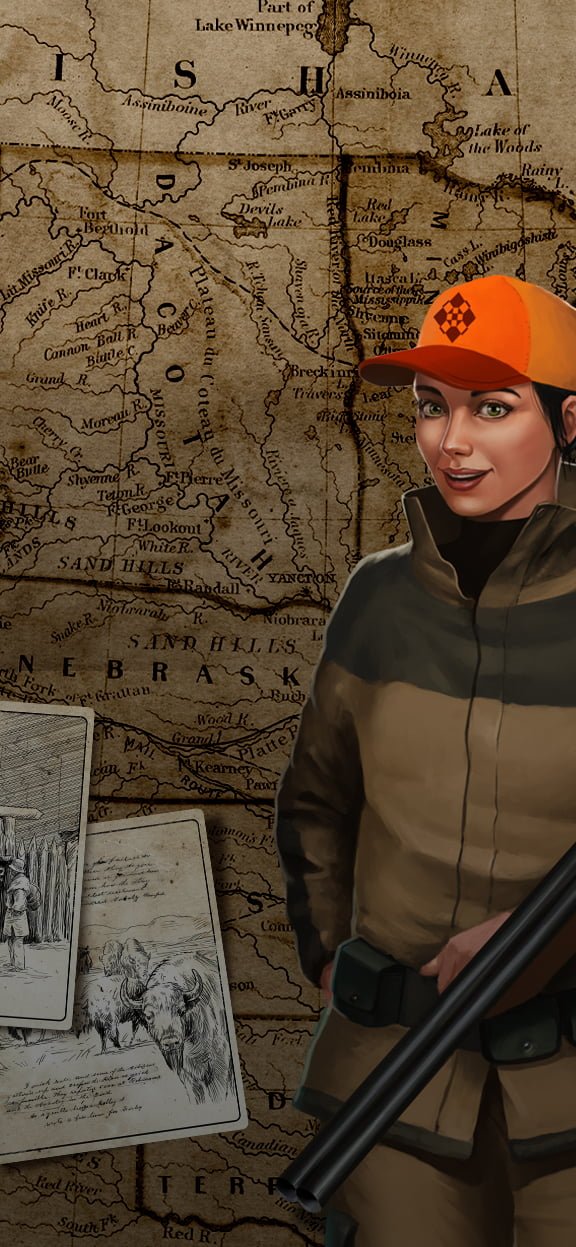


How to ensure that players come back to us? That is one of the oldest — and most important — questions in the book. For years game developers have been looking for the answer to it by exploring various paths. How to make sure that your product remains attractive to your users over time is the subject of our conversation with Aneta Duszyńska and Ania Martenka, who develop products at TSG.
Everyday work on the product side gives you a tremendous feeling of creative control. Knowing the game as we do, we often fall into the trap of expert thinking, where we treat our biased intuition stemming from our experience as more important than unbiased data. Despite counting on the unique gut feeling of our Team TSG experts, we also appreciate market research, which verifies our hypotheses.
“One of TSG’s core values is ‘Own it,’ which means that we have a big impact on projects, but we’re also responsible for their final version and its results.’ Aneta Duszyńska, Art Manager, explains, “this requires having a wider perspective than just the ability to rate a product artistically; that is why it’s so important to know what our players want,” she adds.
As Hunting Clash developed, the GFX team consisting of artists and a tester, where Aneta is the Art Manager started wondering how to optimize the locations, animals, and weapons they’re creating to ensure that they deliver players with consistent and unique quality while increasing the game’s revenue. The team already had an idea about what the player’s persona was; however, the player’s motivations remained in need of further exploration. What do Hunting Clash players like the most? Why do they like HC’s locations? What makes them play the game?
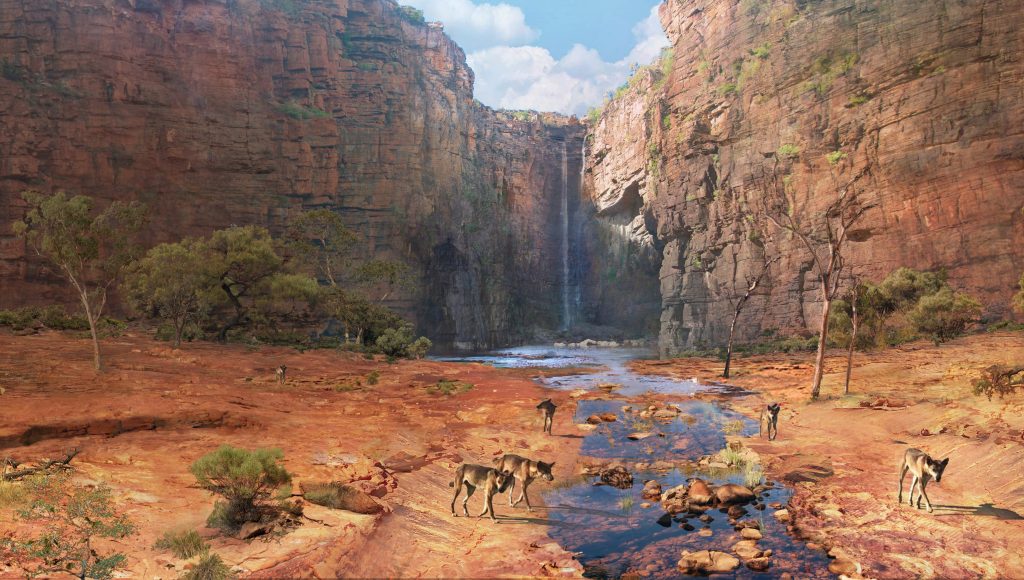
“Our desire to learn our player’s motivation was turned into a study, with the aim of finding new inspirations for the GFX team and verifying the impact of breaking the current mold by, for example, creating unrealistic locations,” Ania explains. Can you get that sort of data from player activity data? “We have been using analyses of this sort for years with success, but they tell us more about what’s working in the game rather than what could work in the game,” Ania emphasizes. This is because most of the activity takes place during events launched in given locations. In that case, the data doesn’t show potential innovations that could suit the player.
“Another motivation for the study was the fact that we wanted to ensure the player would get new challenges through ensuring diverse tasks in everyday work,” Aneta adds. “I wanted to ensure that my extremely talented team was able to develop new skills while expressing their creativity,” she says, “we had a feeling that this would work since we’ve done special events before for Halloween, and Christmas, where we created a unique atmosphere in given locations, and the animals got a holiday do-over. However, without concrete data, we were walking on thin ice, unable to foresee whether the players would enjoy our creativity or hate it and walk away. The research has given us pointers to our future works and how far we can go before jumping the shark.” Aneta summarizes, smiling.
The study about the preferences of Hunting Clash players was divided into two parts: in the first, we’d ask them about existing locations and then inquire about our “fantasy” ideas and variations in animals and weapons. “We surveyed a few thousand players. We prepared it along with the GFX team, establishing indicators that we wanted to verify that would next inform business decisions. We brainstormed and generated a set of ideas for fantasy locations which we could then insert into the game, with the artists wanting to work on them. The next step was a classic research process, creating the survey, and distributing it in-game, before analyzing the answers and generating conclusions as a simple report,” Ania explains.
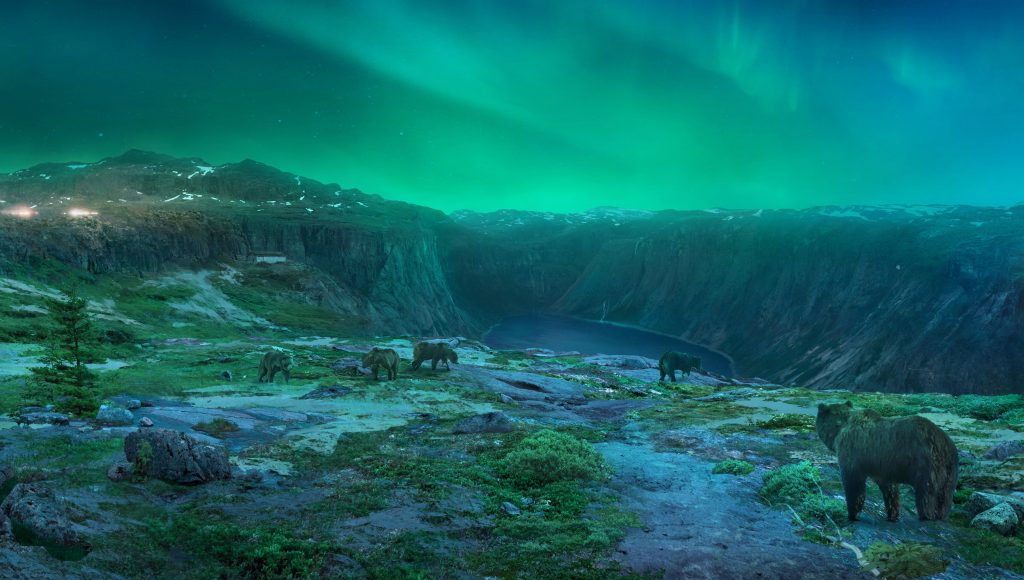
We combined the study with an earlier study profiling Hunting Clash players. Thanks to that, we’ve managed to combine the location preferences in the context of motivating players to choose and remain in our game with the sociodemographic profile of Hunting Clash. All this was capped off by workshops between the Consumer Insights and GFX teams, creating a direction for growing the title.
“The project became a success because other than providing important data about player personas; it gave us pointers to creating a roadmap for further developing locations in the game. Thanks to them, we’ve created an event calendar, turning our ‘one-day we’ll do this’ dreams into actual plans,” Aneta says.
“An added value was learning which locations players enjoy the most and the least. Along with the team, we’ve performed a visual preferences analysis. Thanks to that, we’ve added some contrasting elements to our backgrounds, like rainbows, storms, lighthouses, and even fireworks,” she explains.
“The most important result was a risk analysis associated with fantasy locations. It turns out that some of our ideas could lead to important players abandoning the game,” Aneta adds.
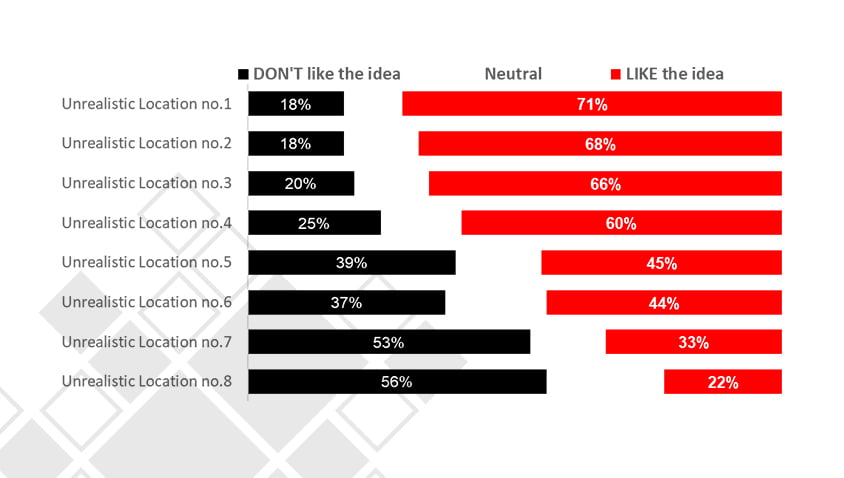
Some surprises were also in store. “We already knew that our players love nature and our titles for how we represent it. However, we were surprised by how important that element was to them, as they clearly said that they don’t accept zombie or cyberpunk animals,” Aneta says.
“I’m proud to say that we were pretty spot-on with predicting which locations would be attractive to the users. Thanks to that, we didn’t have to make drastic changes to our production process and managed to avoid delays to our publishing calendar. Thanks to that, we have more time to create unexpected and innovative content,” Aneta emphasizes, “that’s a personal victory for me, as I promised dinosaurs to the team. It became a point of pride of sorts for me to keep my word. The first dinosaurs arrived in Hunting Clash in June as a celebration of Dinosaur Day and became a massive hit, as our survey predicted,” she adds with pride.
Business research can be affected by many factors, which makes analytical work a long-distance run. “The biggest challenge is to translate the results into actions. To achieve that, the research team requires the help of key persons. Another challenge is to convince the managers of product and finance teams about the value stemming from research and the conclusions it brings and teach the team how to use the reports to answer user needs while growing the product. It’s long and hard work, piece-by-piece, person-after-person until you get a snowball effect, and the benefits of our work become clear. Real success comes when more managers come to us to discuss whether they need more insight into customer needs.” – Ania explains.
“The hunger for research can be provoked,” Aneta laughs, “I was lucky enough to have a team that saw the need for in-depth user research and the value it brings to our everyday work. As game developers, we get a lot of feedback from users, ranging from social media comments to financial results. If we want to better our game, we have to reach the deepest layers of feedback, to feed our creative “insanity” with facts,” Aneta summarizes.

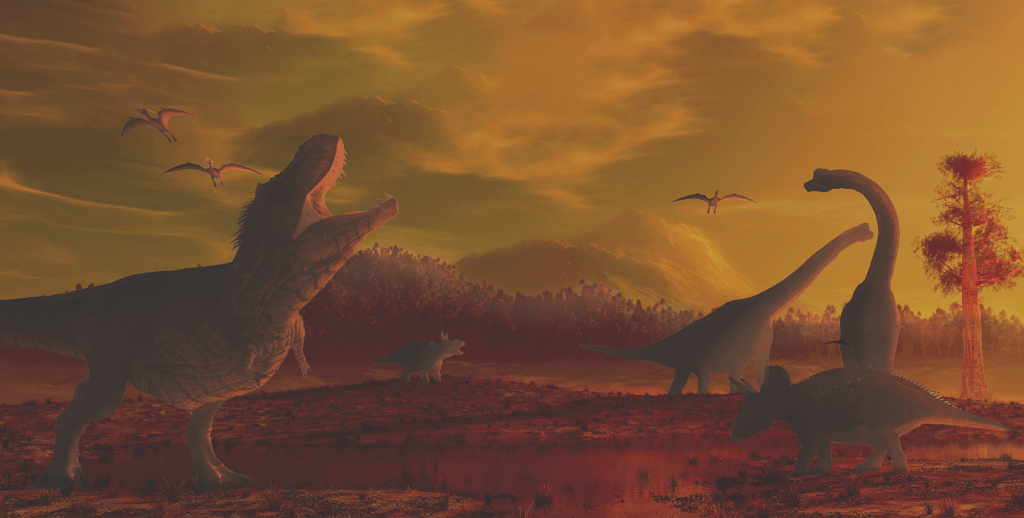

The Dinosaur Day event created based on the research got positive feedback from Hunting Clash players. When compared to similar events, the Triceratops received more attention than the average new animal in the game, along with a significantly higher ARPPU indicator.
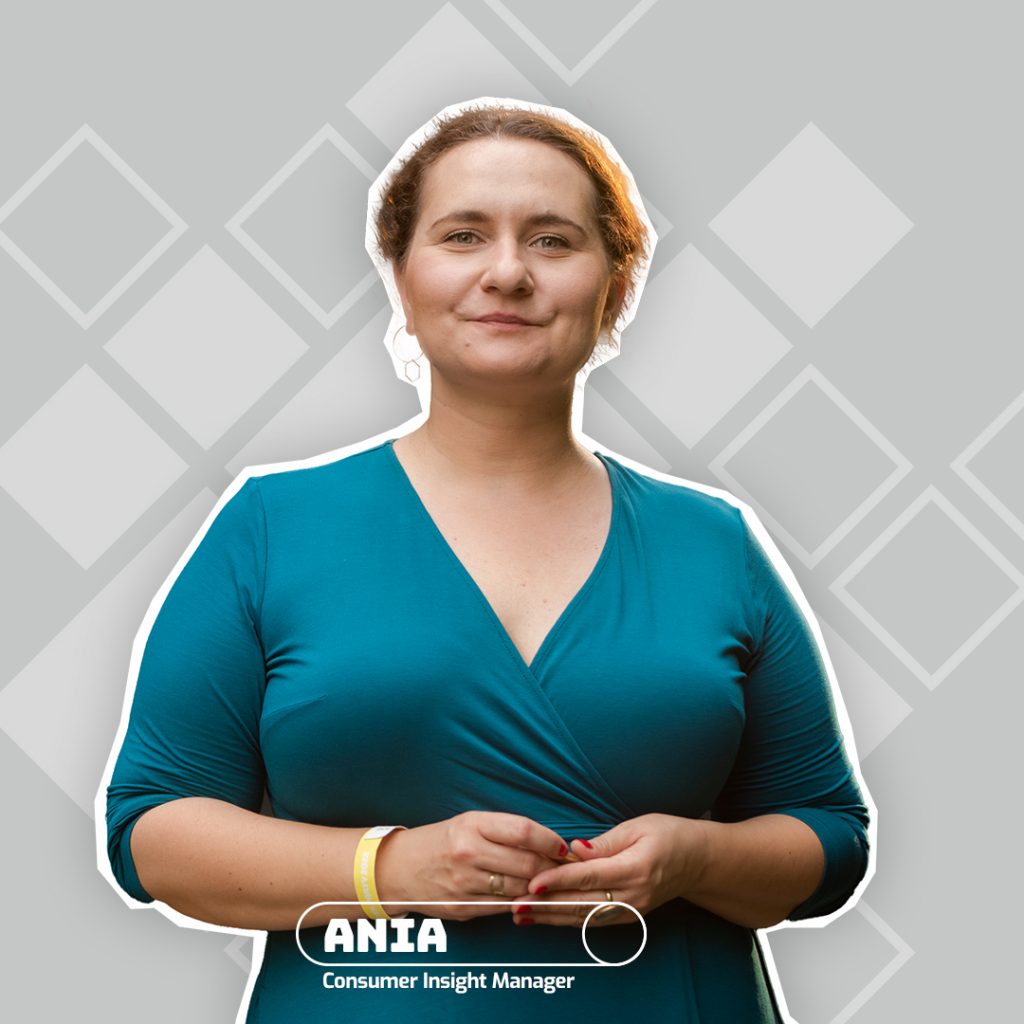
Anna Martenka, a quantitative & qualitative market researcher with a special interest in UX. In market research since 2008. Experienced on both agency & client side. Social sciences major with a background in psychology. Interested in new tech, both researching it and using it in research. An active PTBRIO member. Experienced conference speaker with multiple presentations on Kongres Badaczy & Cyber Conference by PTBRIO, Quirks Event, and Esomar Congress.
Aneta Duszyńska, Art Manager. Her secret power is the ability to work with artists to help them fulfill their artistic potential while wowing players. In gaming since 2016, she has previously worked at CI Games, People Can Fly, and Flying Wild Hog. She believes the key to success is being team and player-oriented, and having a sense of humor. She lives by the motto: “Either find a way or make one.”


Fostering young talents is one of the aspects of our core value of #GrowTogether. After…
read more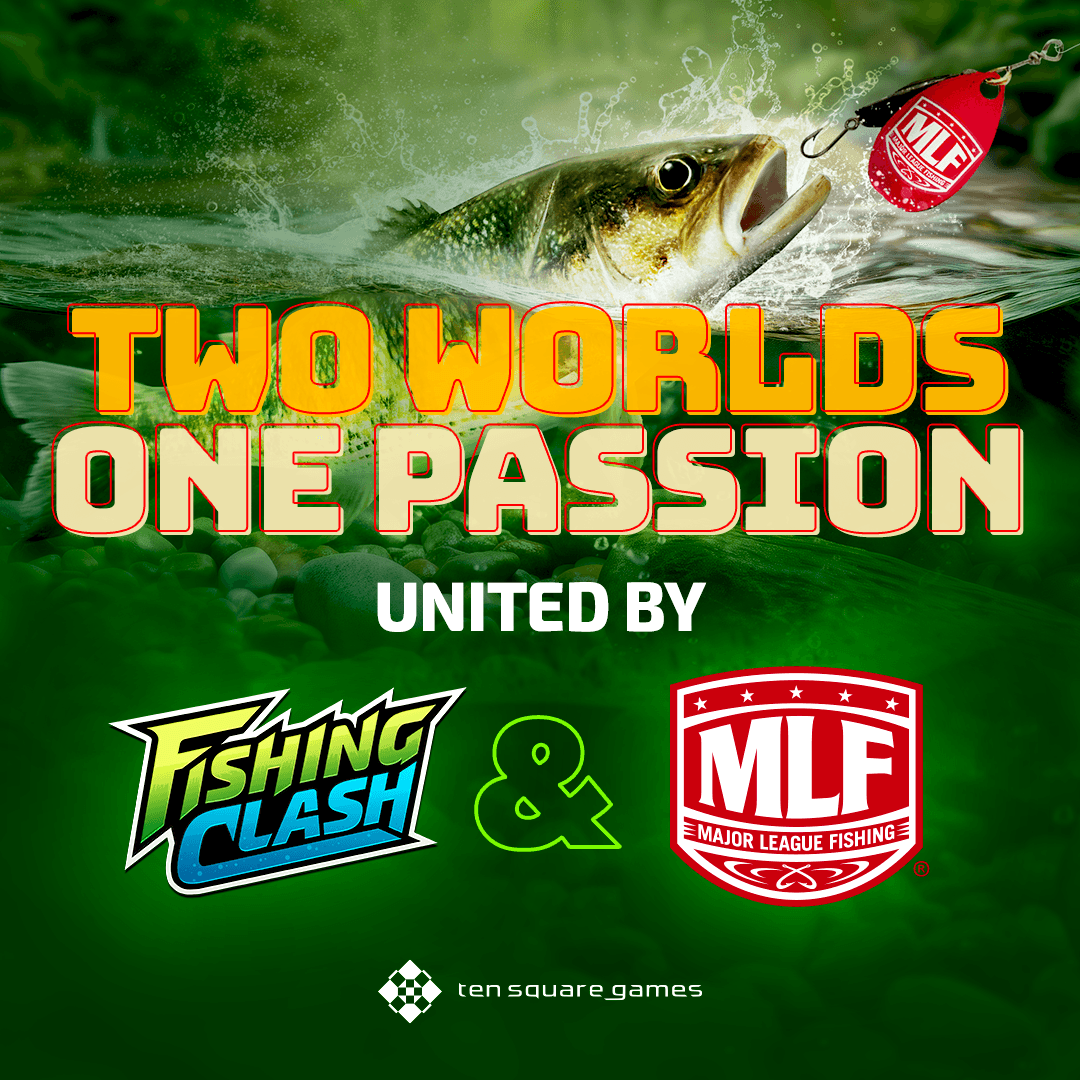
Following the successful kickoff of this year’s partnership with Major League Fishing (MLF), Ten Square…
read more
Let’s start off with a truism – achieving a high employee satisfaction should be one…
read more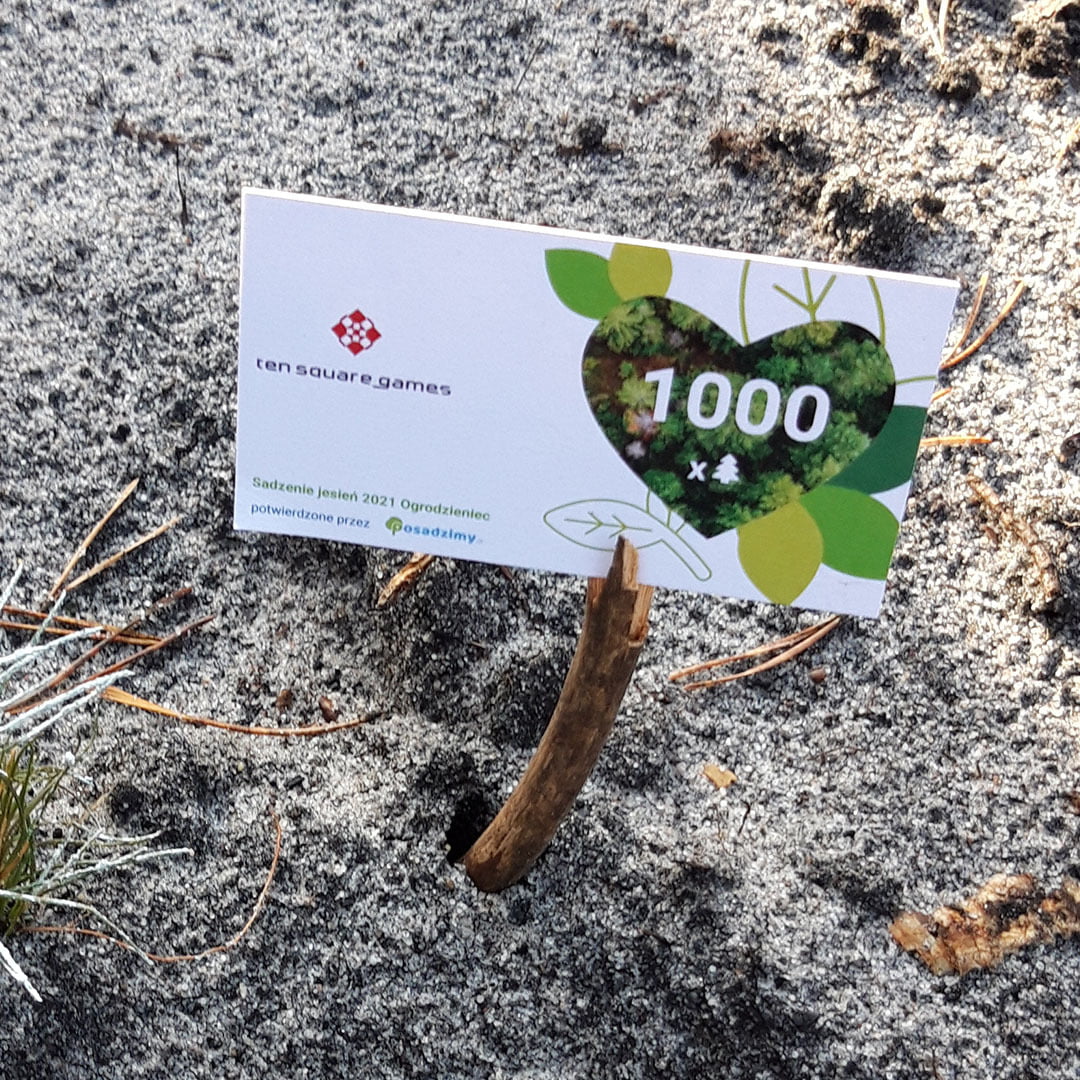
In 2020, Ten Square Games joined the United Nations Global Compact Initiative, a program uniting…
read more